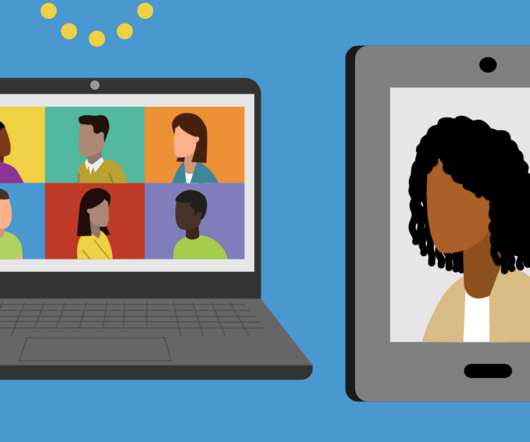Laying the Foundation for Distance Learning Success
Digital Promise
FEBRUARY 22, 2021
Schools across the country were forced to rapidly shift to distance learning last spring due to the COVID-19 pandemic, and as the 2020-2021 school year began in the fall and teachers and students were still trying to adjust to this “new normal,” those in the Verizon Innovative Learning Schools program had an advantage.















Let's personalize your content